
LAW / Referencing for Law Students / AGLC 3rd ed
.pdf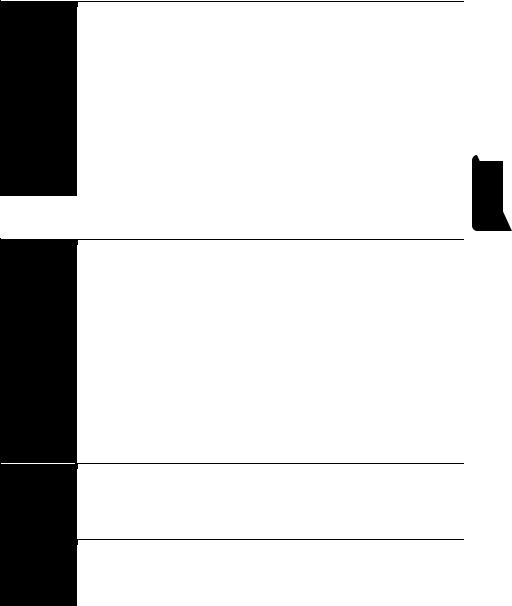
Australian Guide to Legal Citation |
79 |
12Northern Territory National Emergency Response Act 2007 (Cth) s 3 (‘NTNER Act’).
…
16NTNER Act s 5. [Not: NTNER Act, above n 12, s 5.]
17Australian Securities and Investments Commission, Covered Short Sales, CO 08/751, 22 September 2008 (‘Covered Short Sales Class Order’).
…
19Covered Short Sales Class Order paras 3–4.
3.9.2Individual Parts of Legislative Materials
Rule A short title may be given to a portion of an Act, piece of delegated legislation or Bill (in accordance with rule 1.4.3). The short title should be placed after the pinpoint to the relevant portion.
Pinpoints following the short title in subsequent references refer to sections, items, etc, within that portion of an Act. (For example, if the citation ‘Trade Practices Act 1974 (Cth) sch pt 1 (‘Competition Code’)’ is included, a subsequent reference to ‘Competition Code s 45’ is a reference to the s 45 within the Competition Code — that is, within sch pt 1 of the Act.)
In accordance with rule 1.4.3, only one short title should be introduced in a single citation.
Example 16 Criminal Code Act 1995 (Cth) sch 1 (‘Criminal Code’).
…
22 Criminal Code s 80.2(5).
Note Short titles for a portion of an Act will often be appropriate for schedules of Acts, where the rest of the Act operates as ‘machinery’ to apply the schedule.
Legislative
Materials
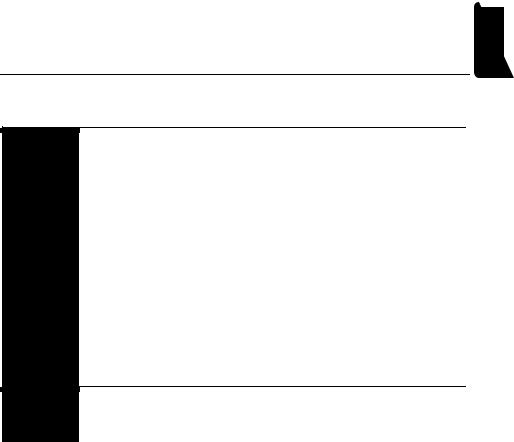
81
4 Journal Articles
|
|
|
Andrew |
‘Problems with |
(1998) |
24 |
Monash |
70 |
, 74 |
|
|
|
Kenyon, |
Defamation |
University |
||||
|
|
|
Damages?’ |
|
|
Law Review |
|
|
|
|
|
Examples |
|
|
|
|
|
||
|
|
|
|
|
|
|
|
|
|
|
|
Martin |
‘Why Do We |
|
|
Conveyancer |
|
|
|
|
|
|
|
|
|
|
|||
|
|
|
Need Adverse |
[1985] |
|
and Property |
272 |
, 275 |
|
|
|
|
Dockray, |
|
|||||
|
|
|
|
Possession?’ |
|
|
Lawyer |
|
|
|
|
|
|
|
|
Volume |
|
|
Pin- |
|
|
Element |
Author |
Title |
Year |
and |
Journal |
Page |
|
|
|
point |
|||||||
|
|
|
|
|
|
Issue |
|
|
|
|
|
Rule |
4.1 |
4.2 |
4.3 |
4.4 |
4.5 |
4.6 |
4.7 |
|
|
|
|
|
|
|
|
|
|
4.1Author
Journal
Articles
4.1.1Signed Articles
Rule The name of the author of a journal article should appear in accordance with chapter 1. In particular:
•names should adhere to rules 1.14.1–1.14.2 (so should appear exactly as they do on the source, subject to other general rules, and initials should be separated by a space);
•authors’ titles should adhere to rule 1.14.1 (so all titles should be omitted except for ‘Sir’, ‘Dame’ and peerage titles);
•punctuation should adhere to rule 1.6.1 (so full stops should not be used after initials or in abbreviations);
•names of bodies should adhere to rule 1.14.3;
•names of judges should adhere to rule 1.14.4; and
•names of multiple authors should adhere to rule 1.14.2.
Examples Justice Michael Kirby, ‘Is Legal History Now Ancient History?’ (2009) 83 Australian Law Journal 31.
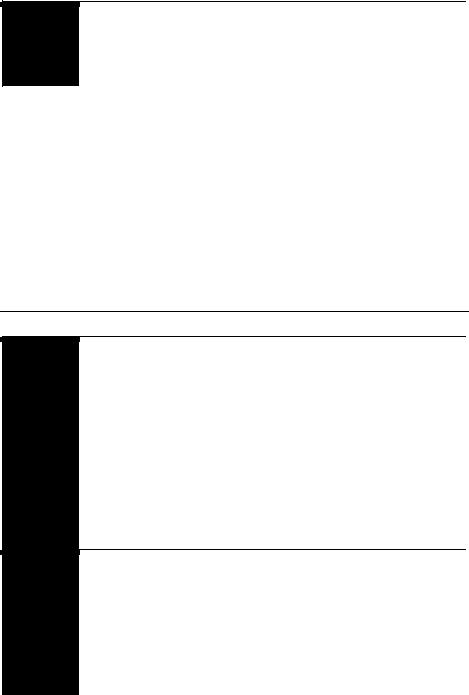
82 Part III — Secondary Sources
Gary Edmond et al, ‘Law’s Looking Glass: Expert Identification Evidence Derived from Photographic and Video Images’ (2009) 20
Current Issues in Criminal Justice 337. [Not: Gary Edmond, Katherine Biber, Richard Kemp and Glenn Porter, …]
4.1.2Unsigned Articles
|
|
Rule |
|
For unsigned journal articles, the type of article (such as ‘Comment’ |
|
|
|
|
or ‘Note’) should appear in place of the author’s name. |
|
|
|
|
|
|
|
Example |
|
Note, ‘Unfixing Lawrence’ (2005) 118 Harvard Law Review 2858. |
|
|
|
|
|
|
|
Note |
|
‘Comments’ and ‘Notes’ are common in American law journals. They |
|
|
|
|
are usually short, anonymous pieces written by students. |
|
|
|
|
|
4.2Title
Rule
Examples
The title of a journal article should appear (unitalicised) within single quotation marks as it does on the first page of the article. It should appear in accordance with chapter 1. In particular:
•punctuation should adhere to rule 1.6.1 (so full stops should not be used after initials or in abbreviations);
•capitalisation should adhere to rule 1.7; and
•italicisation should adhere to rule 1.8.2 (so titles of cases, Acts, treaties, etc, in the article title should be italicised).
Where there is no punctuation in the source separating the title from a subtitle, a colon or an em-dash should be inserted.
Helen Rhoades, ‘The Dangers of Shared Care Legislation: Why Australia Needs (Yet More) Family Law Reform’ (2008) 36 Federal Law Review 279.
Antonio Cassese, ‘The Nicaragua and Tadić Tests Revisited in the Light of the ICJ Judgment on Genocide in Bosnia’ (2007) 18
European Journal of International Law 649, 651. [Not: … ‘The Nicaragua and Tadić Tests Revisited …]
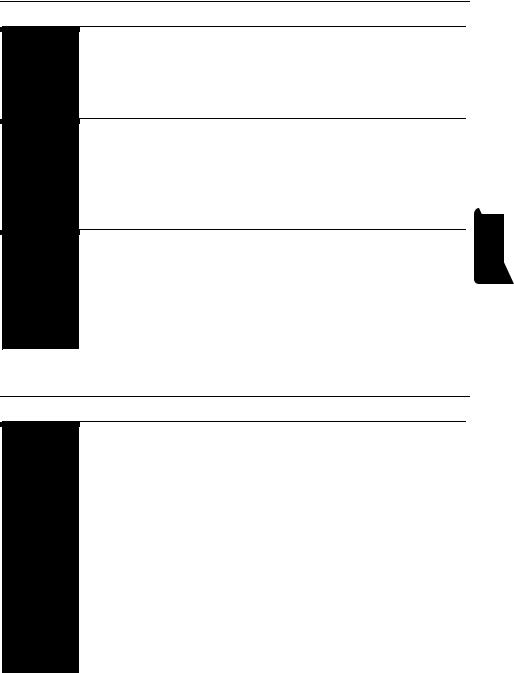
Australian Guide to Legal Citation |
83 |
4.3Year
Rule
Examples
Note
For journals organised by volume number, the year of publication should appear in parentheses.
For journals organised by year, the relevant year should appear in square brackets.
Ted Schneyer, ‘Some Sympathy for the Hired Gun’ (1991) 41 Journal of Legal Education 11.
Jessica Palmer, ‘Chasing a Will-o’-the-Wisp? Making Sense of Bad Faith and Wrongdoers in Change of Position’ [2005] Restitution Law Review 53.
For journals organised by volume number, where a volume spans multiple years (for example, the volume is for 1992–93), the year included should be that in which the article cited was published. For journals organised by year, where a volume spans multiple years, the span of years should be included in square brackets (and should appear in accordance with rule 1.13.2).
Journal
Articles
4.4Volume and Issue
Rule For journals organised by volume number, the volume number should appear after the year, preceded by a space. (Journals organised by year have no volume number.)
If all issues within a volume of a journal are consecutively paginated, the issue number should be omitted.
If the issues within a volume are not consecutively paginated:
•for journals organised by volume number, the issue number should appear in parentheses immediately after the volume number (for example, ‘33(2)’); and
•for journals organised by year, the issue number should appear in parentheses, preceded by a space, after the year (for example, ‘[1999] (4)’).

84 Part III — Secondary Sources
Examples
Note
If one bound edition of a journal is designated as containing multiple issues (and under this rule the issue numbers must be included), the issues should be separated by an en-dash and enclosed inside parentheses after the volume number or year (as appropriate) (for example, ‘21(2–3)’ and ‘[1957] (5–6)’).
Where an issue identifier other than a number is used (for example, a season or a month) and the issue identifier must be included (that is, pagination is non-consecutive), this should appear preceded by a space and enclosed in parentheses after the volume number or year (for example, ‘31 (Winter)’ and ‘[1982] (Summer)’).
Heather Douglas, ‘Assimilation and Authenticity: The “Ordinary Aboriginal Person” and the Provocation Defence’ (2006) 27 Adelaide Law Review 199, 199, 201–2.
W M C Gummow, ‘Carrying on Passing Off’ (1974) 7 Sydney Law Review 224, 224. [Not: … (1974) 7(2) Sydney Law Review 224 …]
Jeremy Masters, ‘Easing the Parting’ (2008) 82(11) Law Institute Journal 68, 69–71.
John Kleinig, ‘Paternalism and Personal Integrity’ [1983] (3) Bulletin of the Australian Society of Legal Philosophy 27.
James Boyle, ‘The Second Enclosure Movement and the Construction of the Public Domain’ (2003) 66(1–2) Law and Contemporary Problems 33, 37. [Not: … (2003) 66(1)–(2) …]
The issues within a volume are ‘consecutively paginated’ where issues subsequent to the first continue the pagination (that is, the numbering of subsequent issues does not begin again at page 1).
Where issues are published very frequently and/or are commonly indexed by full date, it may be more appropriate to use a newspaperstyle citation (see rule 6.5).
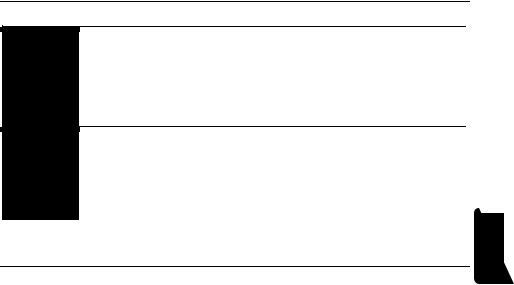
Australian Guide to Legal Citation |
85 |
4.5Journal
Rule The full title of the journal (as it appears on the title page) should appear in italics, following the year and any volume or issue number.
The journal title should not be abbreviated.
‘The’ should not be included at the start of a journal title.
Examples University of New South Wales Law Journal [Not: UNSWLJ nor The University of New South Wales L J]
Columbia Law Review [Not: Colum L Rev nor The Columbia Law Review]
4.6Starting Page
|
Rule |
|
The number of the first page of an article should follow the title of the |
|
|
|
journal or periodical. No punctuation should separate the starting page |
|
|
|
from the title. |
|
|
|
For forthcoming articles, the starting page should be replaced with |
|
|
|
‘(forthcoming)’. |
|
|
|
|
|
Examples |
|
Janet Halley, ‘Rape in Berlin: Reconsidering the Criminalisation of |
|
|
|
Rape in the International Law of Armed Conflict’ (2008) 9 Melbourne |
|
|
|
Journal of International Law 78. |
|
|
|
Michelle Foster, ‘Non-Refoulement on the Basis of Socio-Economic |
|
|
|
Deprivation: The Scope of Complementary Protection in International |
|
|
|
Human Rights Law’ [2009] New Zealand Law Review (forthcoming). |
|
|
|
|
Journal
Articles
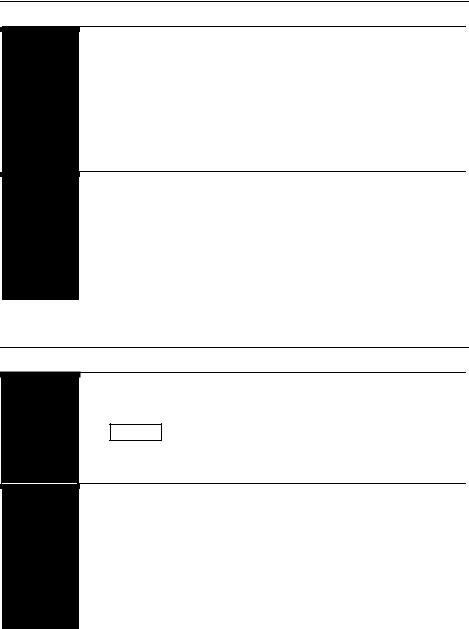
86 Part III — Secondary Sources
4.7Pinpoint Reference
Rule Pinpoint references should appear after the starting page, preceded by a comma and a space. They should adhere to rules 1.1.5–1.1.6. Generally, pinpoint references should be to page numbers. (Paragraph numbers may be included in addition to page numbers, but this is rarely necessary.)
Where the pinpoint reference is to the first page of an article, the page number should be repeated.
Examples Marjorie Florestal, ‘Is a Burrito a Sandwich? Exploring Race, Class, and Culture in Contracts’ (2008) 14 Michigan Journal of Race and Law 1, 3 n 6, 13–15, 47–51, 58.
Gordon Goldberg, ‘Certain Contemporary Confusions Concerning Consideration, a Common Count and Conversion’ [2000] Restitution Law Review 189, 189.
4.8Articles Published in Parts
Rule
Examples
If an article has been published in multiple parts, a full citation should be given for each part cited.
‘(Pt Number )’ should be inserted between the title and the year (regardless of whether the other parts are cited). Any reference to the part within the title of the article should be omitted.
R N Gooderson, ‘Claim of Right and Dispute of Title’ (Pt 1) [1966] Cambridge Law Journal 90; R N Gooderson, ‘Claim of Right and Dispute of Title’ (Pt 2) [1966] Cambridge Law Journal 216.
Jacobus tenBroek, ‘California’s Dual System of Family Law: Its Origin, Development, and Present Status’ (Pt 1) (1964) 16 Stanford Law Review 257. [Not: … ‘California’s Dual System of Family Law: Its Origin, Development, and Present Status — Part I’ …]

Australian Guide to Legal Citation |
87 |
4.9Articles Published in Electronic Journals
Rule
Examples
Note
Articles from electronic journals should only be cited where a printed edition (of the journal or the article cited) does not exist.
Articles appearing in journals that are only available online should, as far as possible, be cited in the same manner as articles in printed journals. However, it will often not be possible to include a volume number, issue number or starting page. Pinpoint references should be to page numbers or paragraph numbers if available (in accordance with rules 1.1.5–1.1.6), but otherwise may be to numbered parts of the article.
A URL should always follow the citation to electronic articles. The URL should adhere to rule 6.15.6 (so the date of retrieval should not be included).
Kate Lewins, ‘What’s the Trade Practices Act Got to Do with It? Section 74 and Towage Contracts in Australia’ (2006) 13(1) eLaw Journal: Murdoch University Electronic Journal of Law 58, 59 <https://elaw.murdoch.edu.au/archives/issues/2006/1/eLaw_Lewins_ 13_2006_05.pdf>.
William van Caenegem, ‘Copyright Liability for the Playing of “Music on Hold” — Telstra Corporation Ltd v Australasian Performing Right Association Ltd’ (1996) 2 High Court Review
[9]–[12] <http://www.austlii.edu.au/au/journals/HCRev/1996/9.html>.
If an article appears in a printed journal, even where a similar version is available online, the printed journal should be cited instead, in accordance with the other rules in this chapter.
Journal
Articles
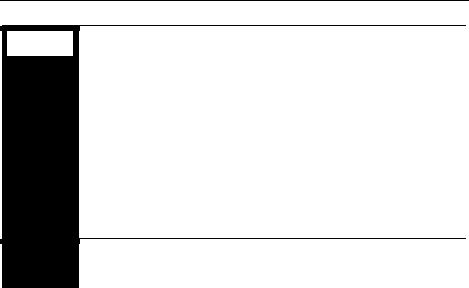
88 Part III — Secondary Sources
4.10Symposia
Rule |
Where a symposium is referred to as a whole, it should be cited in the |
|
same manner as an article in a journal, except that: |
|
•‘Symposium’ should appear instead of an author’s name;
•the title of the symposium should appear in inverted commas; and
•the starting page should be that on which the first article in the symposium (or any symposium title page or introductory section) begins.
Individual articles within a symposium should be cited as regular journal articles (in accordance with the other rules in this chapter).
Example Symposium, ‘Contemporary Human Rights in Australia’ (2002) 26
Melbourne University Law Review 251.
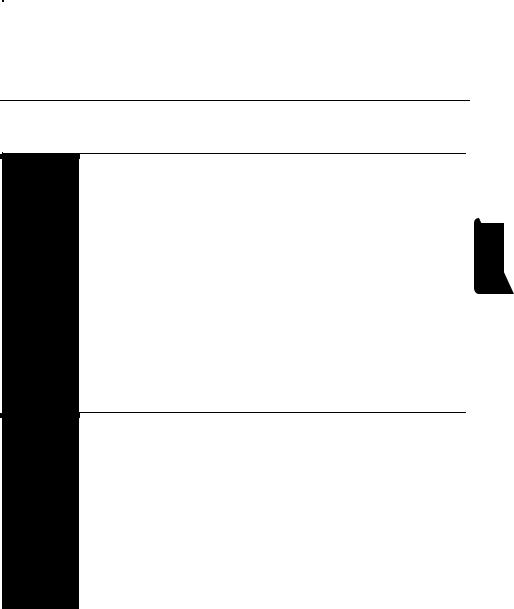
|
|
|
|
|
|
89 |
5 |
|
Books |
|
|
|
|
|
|
|
|
|
|
|
|
Example |
|
Malcolm N Shaw, |
International |
(Cambridge University |
578 |
|
|
Law |
Press, 6th ed, 2008) |
|||
|
|
|
|
|
|
|
|
Element |
|
Author |
Title |
Publication Details |
Pinpoint |
|
|
|
|
|
|
|
|
Rule |
|
5.1 |
5.2 |
5.3 |
5.4 |
|
|
|
|
|
|
|
5.1Author
5.1.1General Rule
Rule The name of the author of a book should appear in accordance with chapter 1. In particular:
•names should adhere to rules 1.14.1–1.14.2 (so should appear exactly as they do on the source, subject to other general rules, and initials should be separated by a space);
•authors’ titles should adhere to rule 1.14.1 (so all titles should be omitted except for ‘Sir’, ‘Dame’ and peerage titles);
•punctuation should adhere to rule 1.6.1 (so full stops should not be used after initials or in abbreviations);
•names of bodies should adhere to rule 1.14.3;
•names of judges should adhere to rule 1.14.4; and
•names of multiple authors should adhere to rule 1.14.2.
Examples Ronald Dworkin, Law’s Empire (Harvard University Press, 1968).
Lorelle Frazer, Scott Weaven and Owen Wright, Asia-Pacific Centre for Franchising Excellence, Franchising Australia 2008 — Survey
(2008).
Sarah Joseph, Jenny Schultz and Melissa Castan, The International Covenant on Civil and Political Rights: Cases, Materials, and Commentary (Oxford University Press, 2nd ed, 2004).
Paul Rishworth et al, The New Zealand Bill of Rights (Oxford University Press, 2003).
Books
